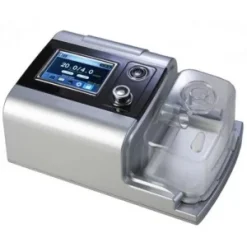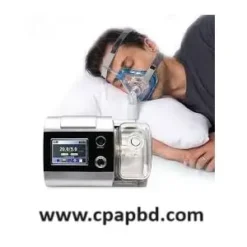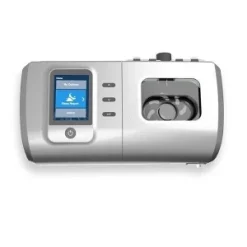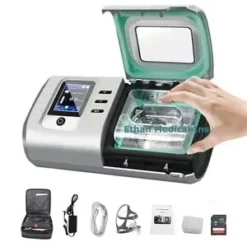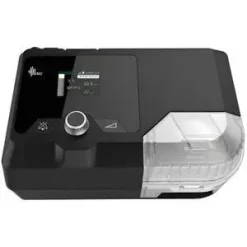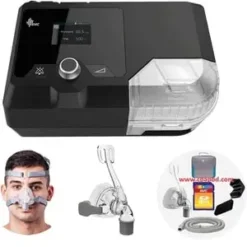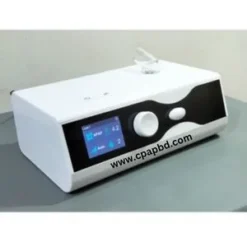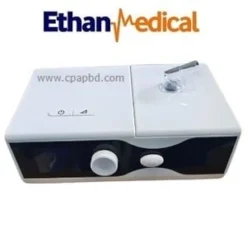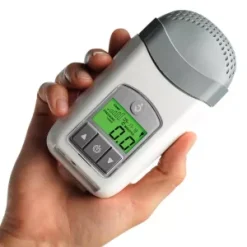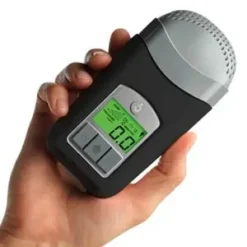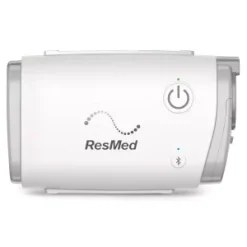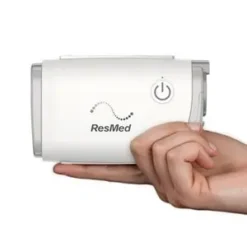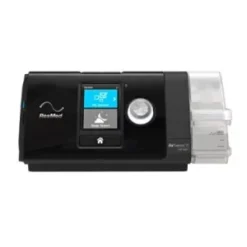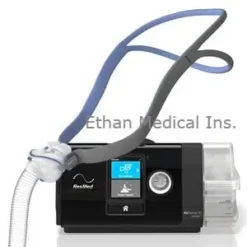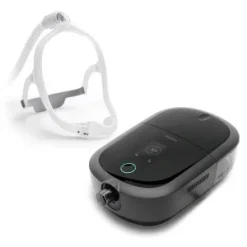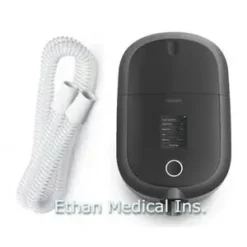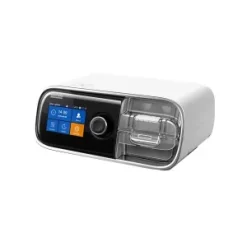CPAP Full Form
CPAP Full Form: CPAP stands for Continuous Positive Airway Pressure. This therapy is widely used to treat sleep apnea, providing a steady stream of air to keep the airways open during sleep. As a result, CPAP therapy enhances breathing and improves overall sleep quality.
Introduction to CPAP
Sleep apnea affects millions globally, disrupting sleep and impacting overall health. As a proven solution, Continuous Positive Airway Pressure (CPAP) therapy helps individuals breathe more comfortably during sleep. In this guide, we will cover what CPAP therapy entails, how it works, the benefits it offers, potential side effects, and helpful tips for using a CPAP machine effectively.
What is CPAP Therapy?
“CPAP Full Form” with CPAP, or Continuous Positive Airway Pressure, is a non-invasive treatment commonly used for obstructive sleep apnea (OSA). The CPAP machine delivers a consistent flow of air through a mask. This steady air pressure keeps the airway open during sleep, preventing collapse. As a result, it supports uninterrupted breathing and promotes deeper, more restorative sleep.
How Does CPAP Therapy Work?
The CPAP device consists of a mask, tubing, and a machine that continuously generates airflow. Once you wear the mask, the air pressure gently pushes the airway open, thereby preventing obstructions that can cause snoring or pauses in breathing. Additionally, this airflow helps stabilize the throat muscles, ensuring a steady supply of oxygen to the body and brain throughout the night.
Benefits of CPAP Therapy
- Improved Sleep Quality: By reducing sleep interruptions, CPAP therapy promotes deeper, more restful sleep.
- Reduced Daytime Fatigue: With better sleep, many users find increased energy, less drowsiness, and improved concentration.
- Lower Health Risks: Regular CPAP use is associated with lower risks of hypertension, heart disease, and stroke—conditions commonly linked to sleep apnea.
- Enhanced Mood and Mental Health: Understanding CPAP Full Form and its benefits can be crucial for those struggling with sleep-related issues. Consistent, restful sleep often alleviates irritability, mood swings, and cognitive fog, leading to an improved quality of life.
Types of CPAP Masks and Machines
- Nasal Mask: Covers only the nose, ideal for those who primarily breathe through their nose at night.
- Full Face Mask: Covers the nose and mouth, making it suitable for mouth breathers or individuals with nasal obstructions.
- Nasal Pillows: Small prongs that fit into the nostrils, providing a minimalistic option with less bulk.
Furthermore, CPAP machines vary by type, including standard CPAP, BiPAP (Bilevel Positive Airway Pressure), and APAP (Automatic Positive Airway Pressure) devices. Each type offers unique features, tailored to different breathing patterns and pressures.
Common Challenges and How to Overcome Them
Adjusting to CPAP therapy can indeed take time. Here are common issues along with practical tips:
- Mask Discomfort: Ensure a proper fit and explore various mask types until you find one that feels comfortable.
- Dryness or Congestion: Adding a humidifier can help relieve dryness in the nose and throat.
- Feeling Claustrophobic: Try wearing the mask for short periods during the day to get more accustomed to it gradually. CPAP full form is Continuous Positive Airway Pressure, which helps in providing steady airflow to keep airways open while you sleep.
Maintaining Your CPAP Machine
Routine maintenance is crucial for both hygiene and effective treatment. Thus, clean the mask, tubing, and humidifier reservoir regularly. Additionally, replace filters as directed by the manufacturer to ensure the machine performs optimally.
Conclusion
In summary, CPAP therapy offers an effective, non-invasive solution for sleep apnea, significantly enhancing sleep quality and overall health. While it may take some time to adjust, the long-term benefits often make the effort worthwhile. With the right machine, mask, and maintenance routine, you can enjoy restful, uninterrupted sleep and the many health benefits that come with it.

